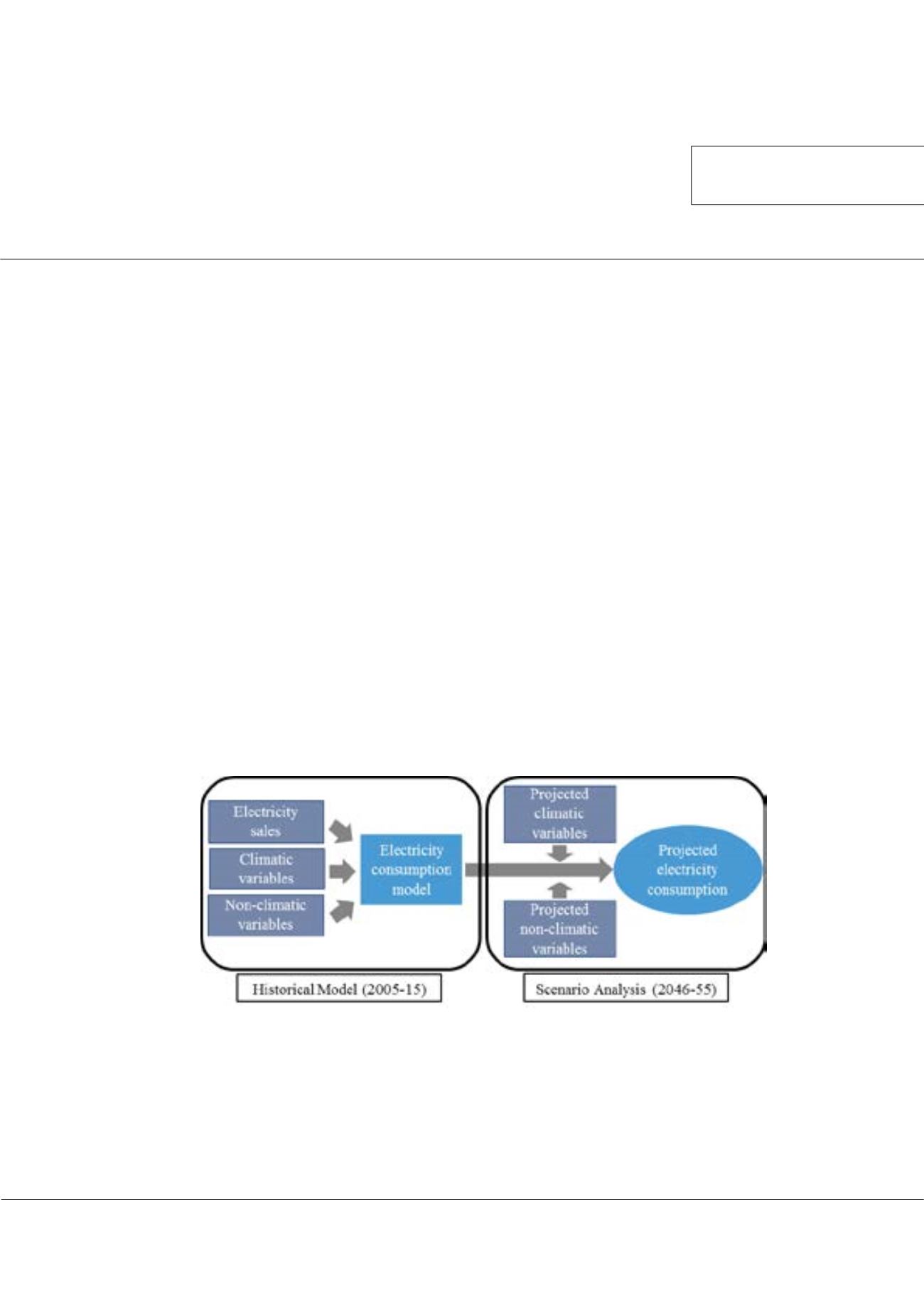

Page 92
conferenceseries
.com
Volume 2
Environment Pollution and Climate Change
ISSN: 2573-458X
Climate Change 2018 &
Global ENVITOX 2018
October 04-06, 2018
October 04-06, 2018
London, UK
16
th
Annual Meeting on
Environmental Toxicology and Biological Systems
&
5
th
World Conference on
Climate Change
JOINT EVENT
Assessing climate-sensitive energy use under the current climate trajectory
Andreas Andreou, John Barrett, Peter Taylor, Paul Brockway
and
Zia Wadud
University of Leeds, UK
Statement of the Problem:
Growing concerns about the impacts of climate change have led to increased research to identify the
risks borne by energy systems. Energy use in residential and commercial buildings is particularly sensitive to changing climatic
conditions; warmer outdoor temperatures are expected to reduce demand for space heating in the winter, while increase
that for cooling during summer months. Despite the significant contribution of these end-uses to final energy consumption,
future projections do not sufficiently capture the variety of routes through which climate influences sectoral energy demand.
The purpose of this research is to study the short-term relationship between energy use and weather, as well as to explore
ways through which buildings will respond to different climate trajectories in the long-term. Initially, the project evaluates
the impacts of climate change on residential electricity consumption and compares them with those of evolving population,
personal income and fuel prices, using the case of United States.
Methodology & Theoretical Orientation:
The methodological framework is based on an econometric model of monthly
electricity consumption (2005-15) which processes variables of climatic and non-climatic nature. Scenario values are then fed
into the model to build projections of U.S. residential electricity consumption in the mid-21st century.
Findings:
On an annual basis, personal income has the largest and most uncertain effect on future (per capita) residential
electricity use, followed by electricity prices and, finally, climate change. Monthly results, however, show that climatic impacts
become much more significant when examining the variation of peak electricity consumption in the summer.
Conclusion & Significance:
The results stress the importance of accounting for socio-economic and energy pricing effects
in models advising public policy about long-term baseload capacity requirements. Moreover, strategies aiming to downscale
power sector’s output should consider the demand for extra reserve capacity to be deployed during the summer.
Recent Publications
1. Salari M, Javid RJ (2016) Residential energy demand in the United States: Analysis using static and dynamic approaches.
Energy Policy 98:637-649.
2. Fazeli R, Ruth M, Davidsdottir B (2016) Temperature response functions for residential energy demand – A review of
models. Urban Climate 15:45-49.
Andreas Andreou et al., Environ Pollut Climate Change 2018, Volume 2
DOI: 10.4172/2573-458X-C1-003
Figure 1:
Framework with schematic representation of the inputs to the historical model of U.S. electricity
consumption and the product of scenario analysis.
















